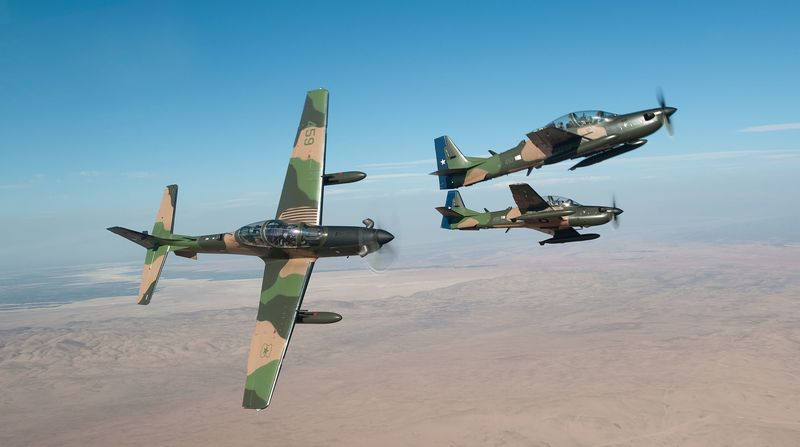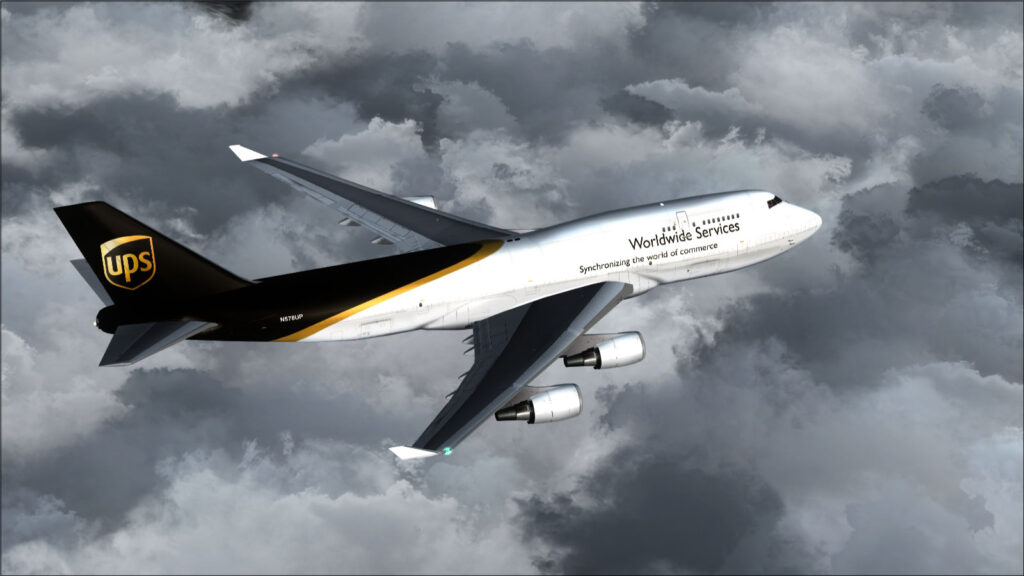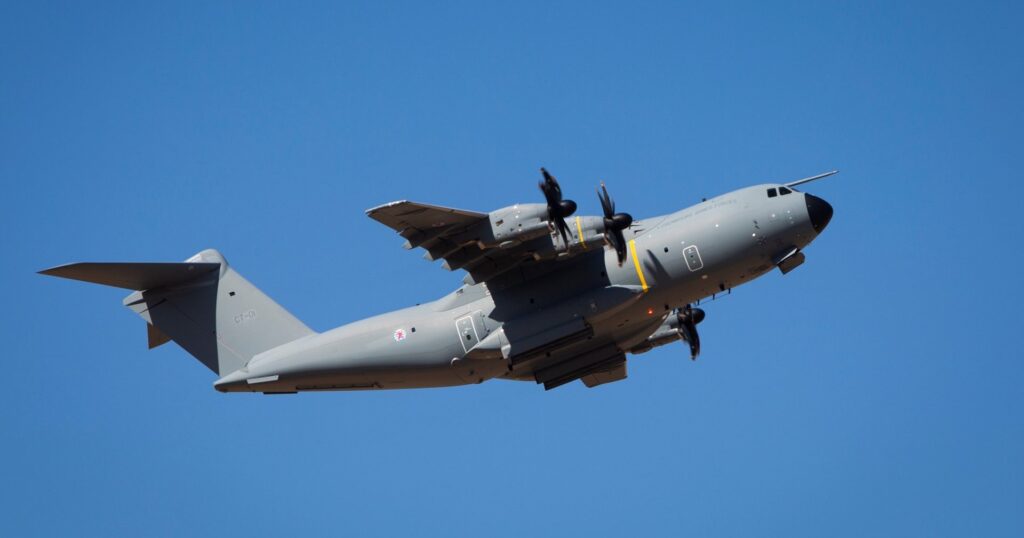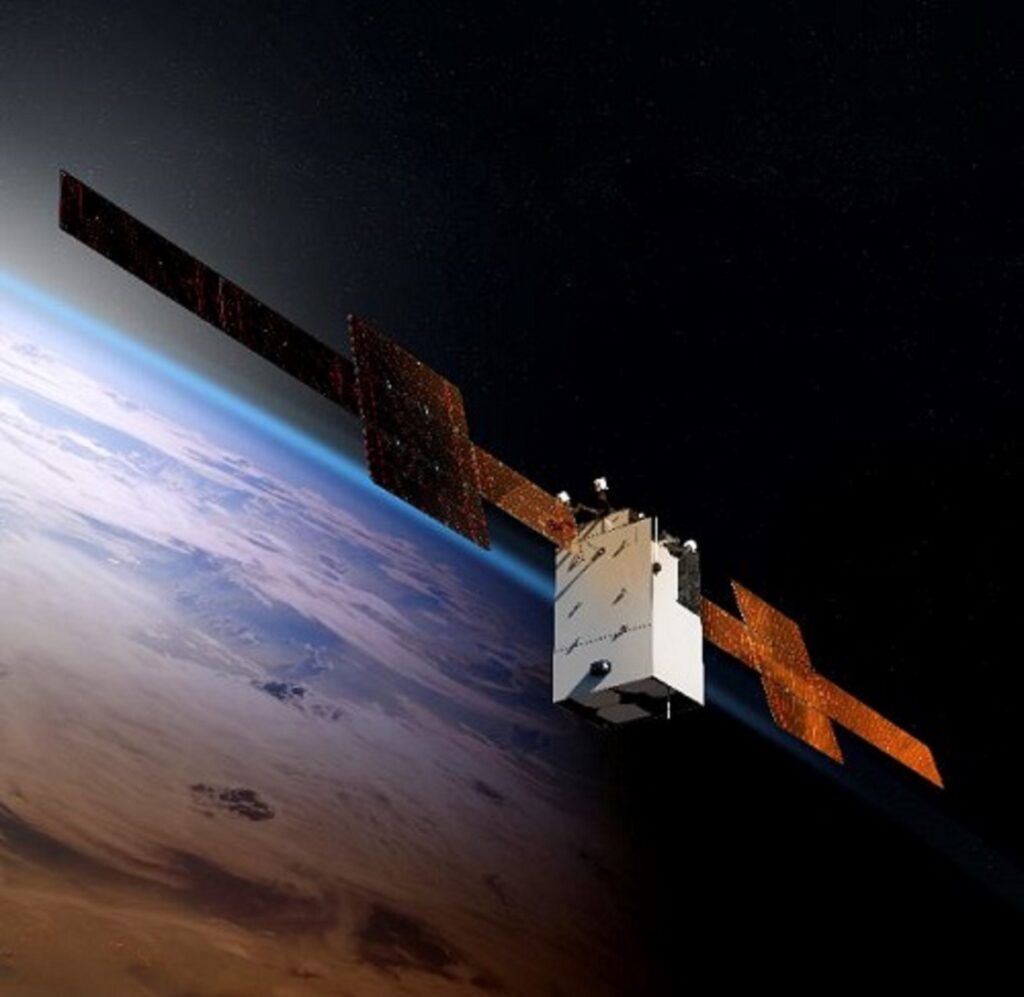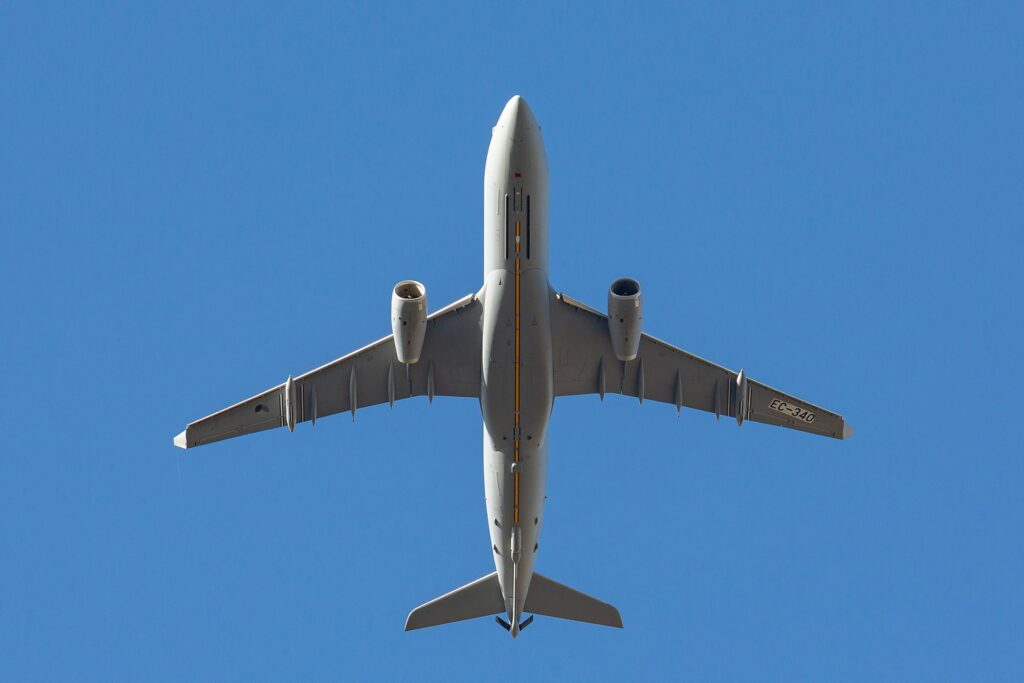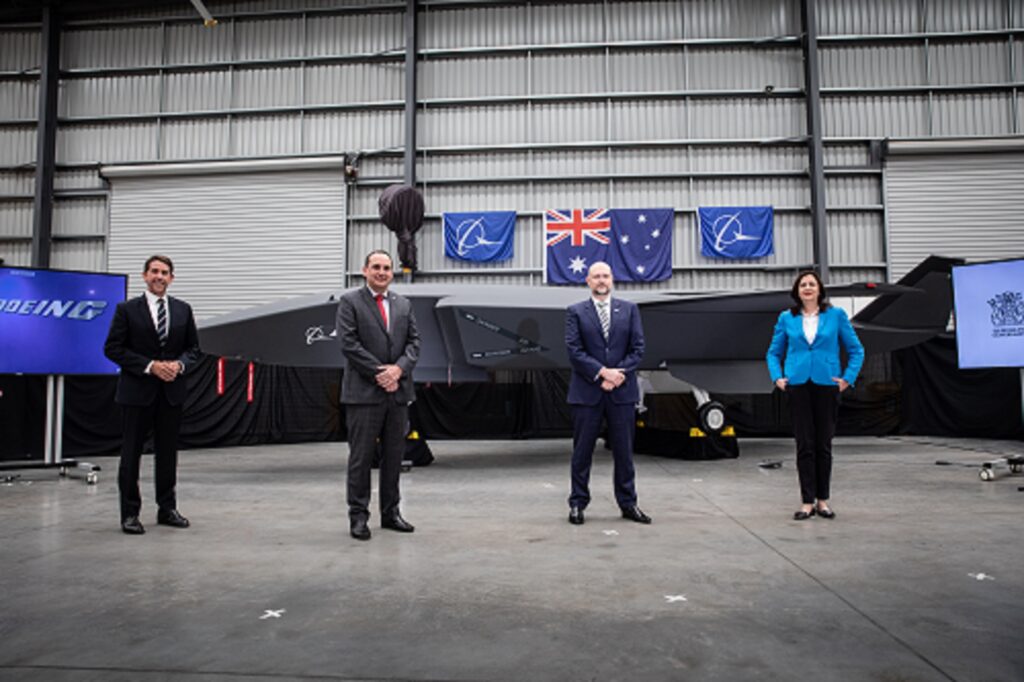Embraer Delivers Six A-29 Super Tucano to Philippine Air Force
All six Super Tucano aircraft ordered by The Philippine Air Force (PAF) have been officially handed over to the Air Force today. The aircraft will be deployed for close air support, light attack, surveillance, air-to-air…
